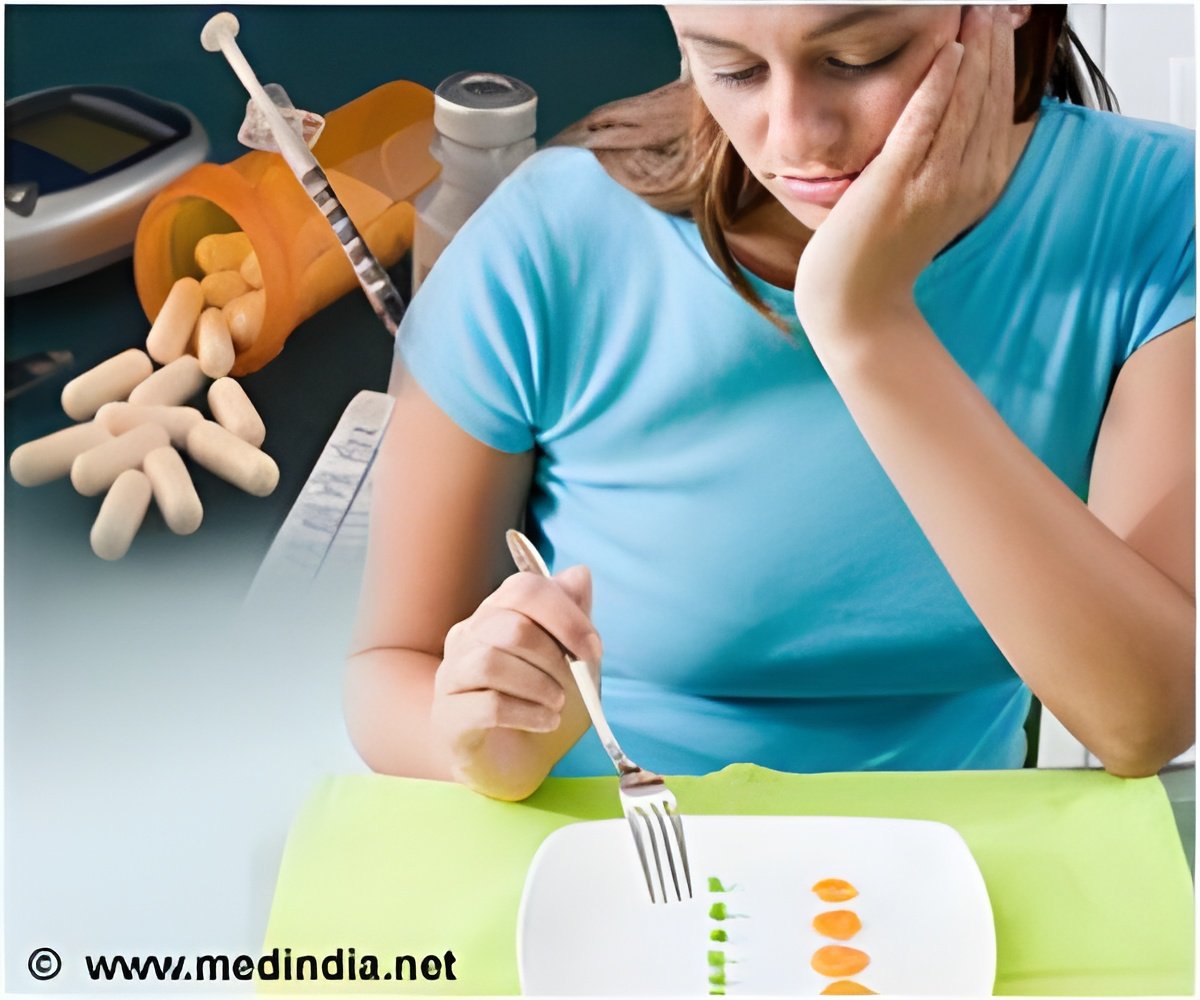Children are nearly twice as likely to develop type 1 diabetes if their father has the condition, compared to those with an affected mother, according to new research to be presented at the European Association for the Study of Diabetes (EASD) Annual Meeting (1✔ ✔Trusted Source
Mothers with Type 1 diabetes ‘protect babies from condition in womb’
).
This finding suggests that in-utero exposure to type 1 diabetes may offer long-term protection for children of mothers with the condition, whereas children of fathers with type 1 diabetes do not receive the same level of protection. Uncovering the factors behind this disparity could lead to the development of innovative treatments to prevent type 1 diabetes.
Father’s type 1 diabetes increases a child’s risk by 80{75697363d893e1edef84ec354d532c3f24107c3d140ee7dc7a797c3c33c7ef25}! #diabetesrisk #medindia’
Role of Family History in Type 1 Diabetes Development
Lead researcher Dr Lowri Allen, of the Diabetes Research Group, Cardiff University, Cardiff, UK, says: “Individuals with a family history of type 1 diabetes are 8-15 times more likely to develop the autoimmune condition – however, studies have shown the risk is higher if the affected relative is the father rather than the mother. We wanted to understand this more.
“Previous studies have suggested that maternal type 1 diabetes is associated with relative protection against type 1 diabetes in offspring during early life. We wanted to know if this relative maternal protection from type 1 diabetes is confined just to childhood. We were also interested in what might be responsible for the effect.”
To find out more, Dr Allen, Professor Richard Oram, of the Department of Clinical and Biomedical Sciences, University of Exeter Medical School, Exeter, UK, and colleagues in the UK, Sweden and US performed a meta-analysis of data from five studies (BOX, Better Diabetes Diagnosis, TrialNet Pathway to Prevention Study, Type 1 Diabetes Genetic Consortium and StartRight) that contained information about individuals with T1D and their parents.
The analysis involved 11,475 individuals with T1D who were diagnosed when they were between 0 and 88 years old. The results show they were almost twice as likely (1.8 times more likely) to have a father with T1D as a mother with the condition. This was the case for individuals who were diagnosed with T1D in childhood (≤18 years) and as adults (>18 years). Individuals with mothers with T1D were diagnosed at a similar age to those with fathers with T1D.
“Taken together, our findings suggest the relative protection associated with having a mother versus father with type 1 diabetes is a long-term effect that extends into adult life,” says Dr Allen.
Advertisement
Timing of Parent’s Diagnosis Holds Key to Understanding Type 1 Diabetes Risk
The researchers also used a genetic risk score that takes into account more than 60 different genes known to be associated with T1D, to compare the inherited genetic risk of T1D in individuals with affected mothers and fathers.
Individuals with mothers with T1D had similar scores to those whose fathers had T1D, suggesting their relative protection against T1D wasn’t due to the genes they had inherited.
Advertisement
However, the timing of the parent’s diagnosis was important. An individual was only more likely to have a father, rather than a mother, with T1D, if the parent was diagnosed before the individual was born.
In other words, having a mother with T1D only appears to provide a child with protection against the condition (relative to having a father with T1D) if the mother has the condition during pregnancy.
“This, coupled with the finding that the inherited genetic risk of type 1 diabetes was not different in individuals with affected mothers and fathers, suggests that exposure to type 1 diabetes in the womb is critical,” says Dr Allen.
“Further research is needed to determine what it is about exposure to type 1 diabetes in the womb that is most important – is it exposure to high blood glucose levels, insulin treatment, antibodies associated with type 1 diabetes, a combination of these, or exposure to another aspect of type 1 diabetes?”
Professor Oram says: “This study, the largest to investigate the risk of type 1 diabetes in individuals with affected mothers and fathers, has enriched our understanding of the differences in parental risk, relative maternal protection from type 1 diabetes and underlying mechanisms.
“This can potentially help open up new therapeutic avenues for type 1 diabetes.”
Dr Allen adds: “Understanding why having a mother compared with a father with type 1 diabetes offers a relative protection against type 1 diabetes could help us develop new ways to prevent type 1 diabetes, such as treatments that mimic some of the protective elements from mothers.
“Further research is needed but ultimately, we hope that it might be possible in the future to offer treatments at the very earliest stages of life to prevent the onset of type 1 diabetes in individuals who are at particularly high risk of the disease.
“To date, just one drug has been licensed to delay the onset of the type 1 diabetes1 and, whilst several studies are under way to develop other treatments that delay or prevent the condition, limited progress has been made in identifying treatments that can be offered before diabetes has even begun to develop.”
Reference:
- Mothers with Type 1 diabetes ‘protect babies from condition in womb’ – (https://www.telegraph.co.uk/news/2024/07/27/mothers-with-type-1-diabetes-shield-their-babies-from-the-c/)
Source-Eurekalert

